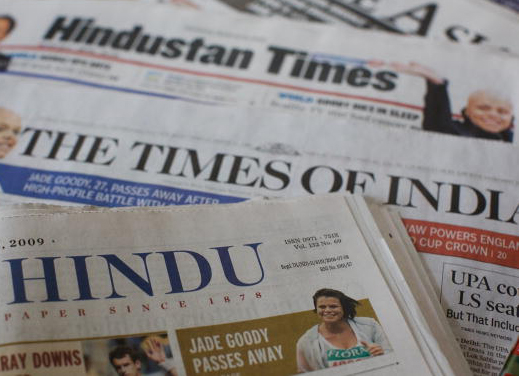
$4.3 bn okayed in World Bank bonds
The Indian government approved a proposal on Thursday to invest $4.3 billion (Rs 27,400 crore) in World Bank bonds. This will help India get additional funding from the multilateral agency for infrastructure projects.The Reserve Bank of India (RBI) would invest in the bonds, floated by the International Bank for Reconstruction and Development (IBRD), a lending arm of the World Bank. The bonds are of various tenures and RBI would get a return on the investment. According to senior officials, the move would allow India to get an equal amount of loan from the Bank, taking the country's net borrowing limit to $21.8 bn, against $17.5 bn at present. India is also the largest borrower from the Bank. It needs an investment of $1 trillion in infrastructure in the 12th Five-Year Plan (2012-13 to 2016-17). World Bank loans are available at a concessional rate of as low as 0.75 per cent. As of March 2012, net commitments towards India were $23.4 bn across 75 projects in infrastructure, agriculture, education, health and environment.
(Source: Business Standard)
Gold imports to pick up from this month: Standard Chartered
Gold imports are likely to pick up significantly, fuelled by seasonal demand which will be well supported by a good monsoon, even though the government has taken aggressive steps to dampen its inward shipments, said a Standard Chartered report. Indian demand tends to pick up around key festivals and the wedding season from mid-September. Price also plays an important role and sharp dips tend to see consumers restocking the commodity. Local traders and sources estimate that India might see an upswing in bullion imports to 35 tonne in September, which is still modest compared with the official average import level of 59 tonne in the same month last year.October is also likely to see relatively firm imports. This year the monsoon season was good and farmers planted 7 per cent more crops, according to the Agriculture Ministry.This should feed through into higher incomes and gold demand in the weeks ahead, the report added. Recent weeks and months have seen aggressive government action to dampen gold demand, owing to its heavy impact on the current account deficit.
(Source: Financial Express)
Govt paves way for Rs 500,000,000,000 chip fab projects
In a move that would boost investments in the semiconductor sector and provide an impetus to the country's beleaguered economy, the Union Cabinet on Thursday gave its in-principle approval to subsidise setting up of chip-fabrication units. The facilities are expected to provide a significant push to domestic electronics manufacturing and act as magnets for the electronics components & ancillary industry, setting the stage for a conducive electronics manufacturing ecosystem in the country. Of the two chip-fabrication projects the government had shortlisted for subsidy, the consortium for one is led by Jaypee Group, which has partnered with IBM as its technology partner. The other has been mooted by domestic chipmaker Hindustan Semiconductor Manufacturing Corp (HSMC), which will get technology support from Geneva-based STMicroelectronics NV. The projects are said to be worth Rs 250,000,000,000 crore each. Chips form the core of any electronic device and command the bulk of the monetary value. If these were manufactured locally, it would create the right ecosystem, as it involves a lot of downstream work.
(Source: Business Standard)
Top global universities rule out setting up India campuses for now
Barely days after the government opened doors for foreign universities to set up campuses here, half-a-dozen top universities said they have no interest in the invitation from India. On Tuesday, the government allowed top foreign universities to set up campuses in India and award degrees, giving Indian students the opportunity to study in global institutions without leaving home. The proposed UGC (Establishment & Operation of Campuses of Foreign Educational Institutions) Rules require foreign education providers to set up the India campuses as not-for-profit companies. The move has been welcomed by Indian institutes, academicians and industry leaders. But, for the time being at least, the Ivy League institutes seem to have no plans to build campuses in India.
(Source: Economic Times)
Panel moots broad range for state GST
An expert panel set up by the empowered committee of state finance ministers has proposed a broad range of 12-20% for the state-level revenue-neutral rate (RNR) of the goods and services tax (GST). This is after taking into account the existing revenue profile of states and their value-added tax (VAT) rates. The committee, headed by National Institute of Public Finance and Policy’s (NIPFP) Kavita Rao, could not arrive at a single RNR for all states because many states — particularly Delhi, Madhya Pradesh and Gujarat — have in recent years kept shifting items from the merit goods category that attracts a lower (4-5%) VAT rate to the standard rate category that attract a higher rate (12.5-14.5%). Also, Delhi has started levying luxury tax on hotels, spas and clubs, over and above the VAT. This lack of uniformity and fickleness in VAT rates among states have made estimation of trend growth in VAT revenue, necessary for RNR, difficult.
(Source: Financial Express)
Economic Section
Royal Thai Embassy















